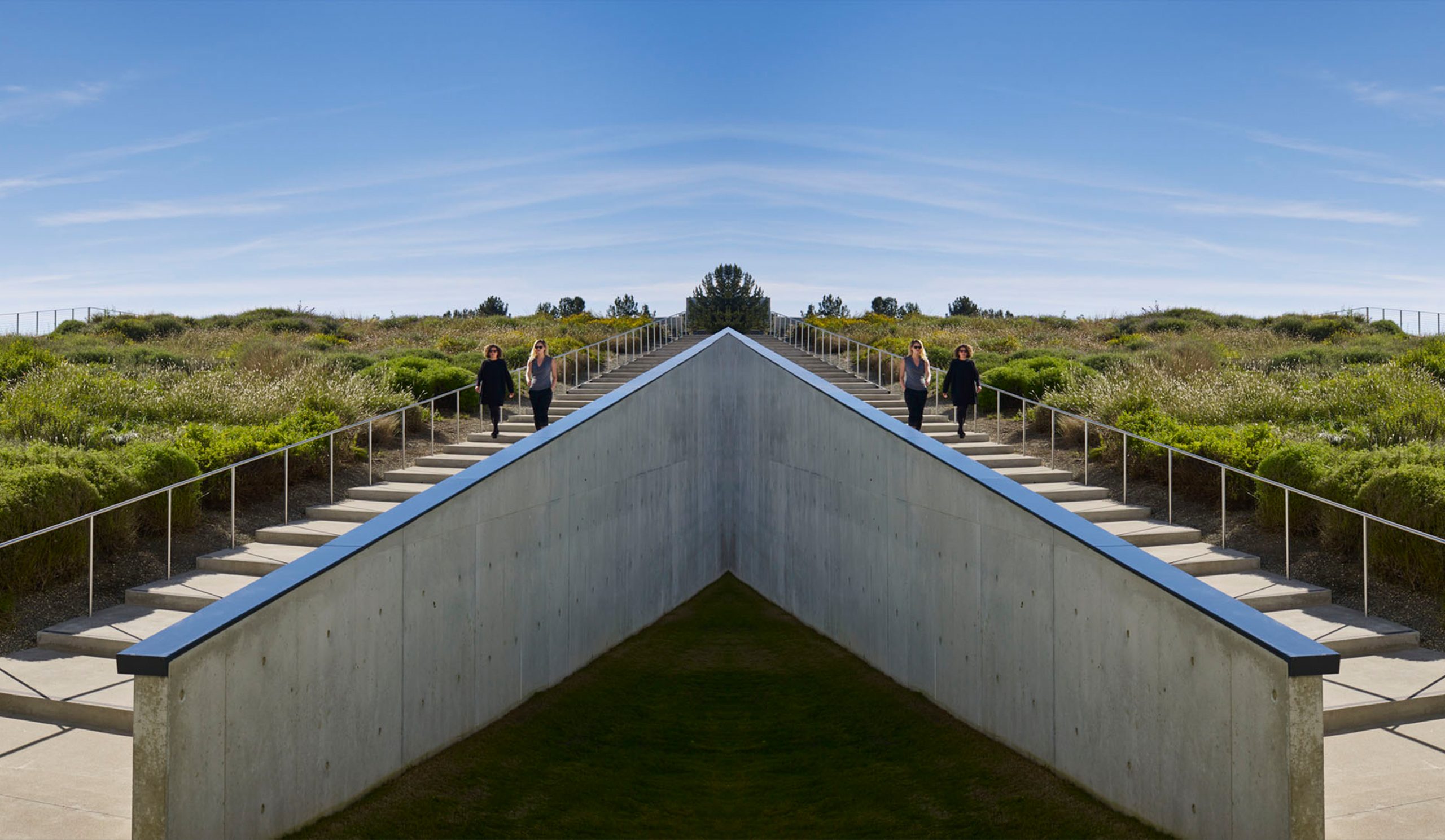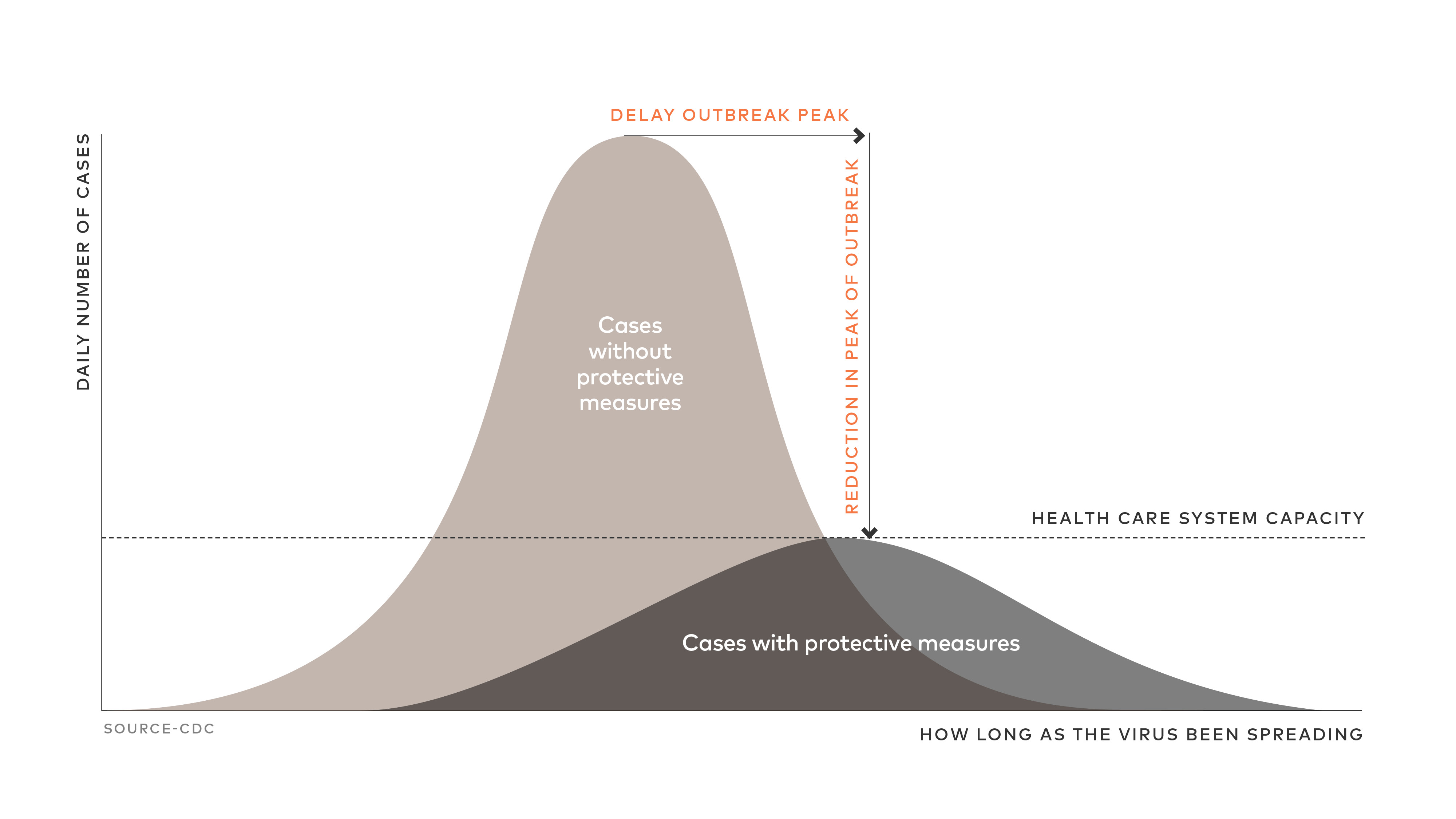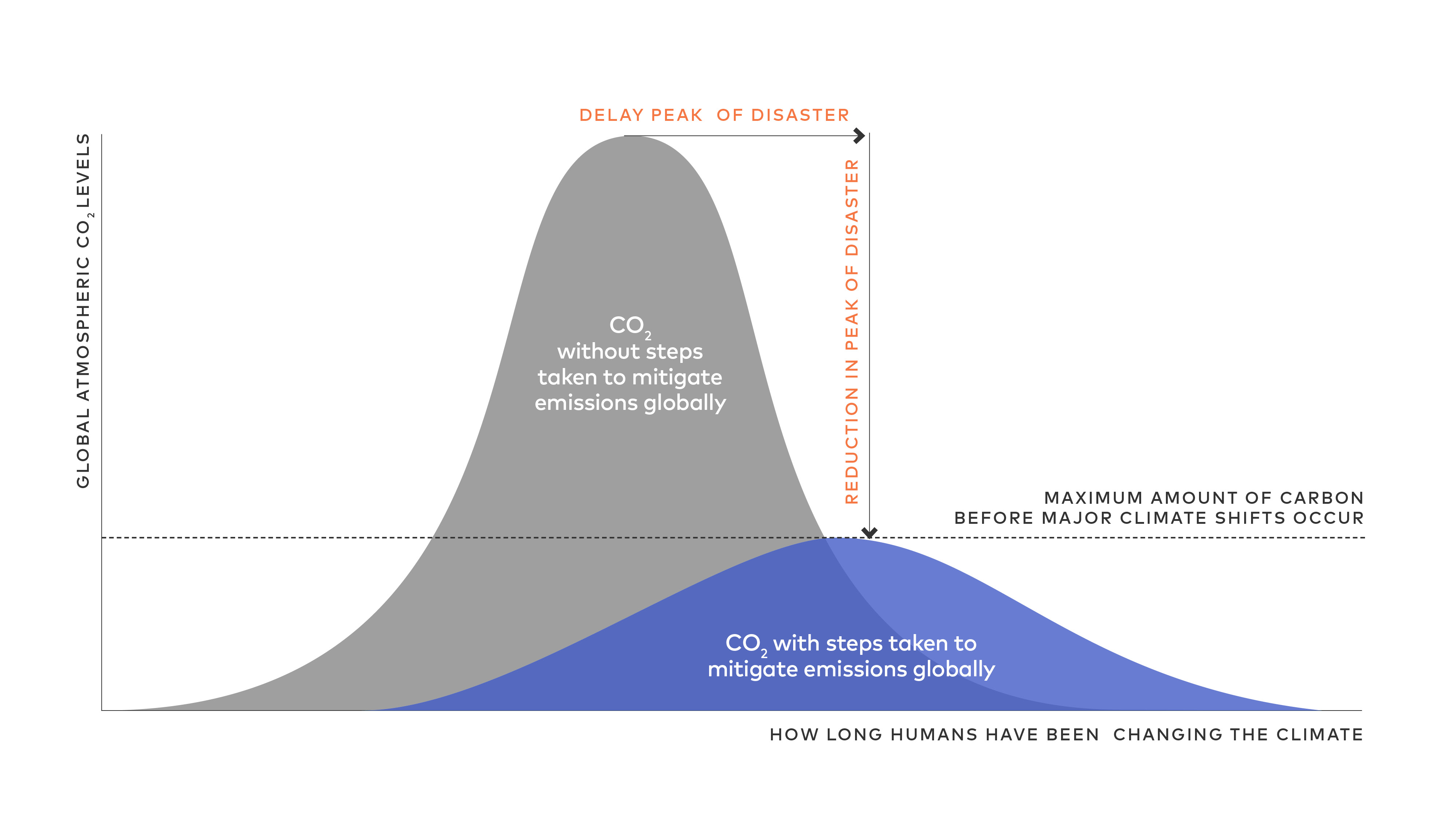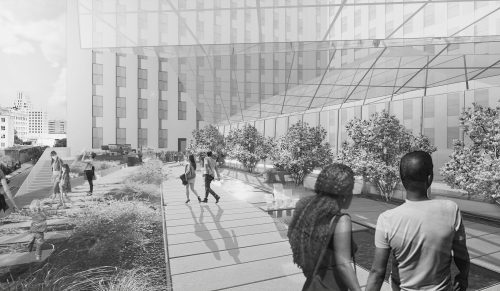
Flatten the Carbon Curve
Flatten the (COVID) Curve

This is an important moment in human history, when our science has progressed to give us the tools to save the lives of millions… simply by staying home. Most people have spent the better part of the past month in (or very near) our homes because of a powerful and clear message to “flatten the curve”. During this month, the routine of each of our lives has utterly changed, and the way we and our families are thinking about the future has changed as well. It’s easy to pine for things to get back to “normal”, but what this month has made clear, is that our normal (familiar) routines are not the only way for us to live, and that when pressed, humans are capable of rapid and amazing societal transformation.
Almost all of us will survive the COVID 2019 global pandemic, thanks to this simple action, and each of our struggles to overcome the challenges that have come with it. It may take months or years for our global civilization to resolve the fear of infection and repopulate public and shared spaces. It’s clear, however, that we will come away changed – evolved.
As an architect, I have learned to see the world in patterns and systems, and to look at disaster zones and see possibility and hope. What gives me hope in this crisis, is that architecture has lots of solutions to human health and wellness that can be immediately put to use in the buildings we are designing today. We can change the way we distribute conditioned air in our buildings to keep from mixing the germs we breath out with the conditioned air others in our space are breathing. We can focus on building materials that don’t emit chemicals which erode human health. We even have lists of plants from NASA that can help us to clean contaminates from the air in our office, school, and kitchen windows. Architect’s primary professional responsibility, according to the AIA, is to “protect the health, safety, and welfare of the public” through our work.
Changing Scales
There is another curve we need to talk about flattening, which threatens not only millions of lives today but billions of lives within a generation. We must FLATTEN THE CARBON CURVE. Humans have spent the past 200 years perfecting new methods of extracting the residual goo of billions of years of ancient forests and burning it even more quickly to power, heat, or cool everything we can think of. Releasing all of the carbon stored in these ancient forests at essentially the same moment in epochal time has been steadily building towards an unprecedented disaster that we are already experiencing.

Buckminster Fuller famously said, “We are all astronauts on a little spaceship called Earth.”
If we can learn anything from the faltering response to the COVID 19 pandemic, it’s that we should not wait until the disaster is upon us to prepare and develop a plan. The United Nations and the global earth sciences community have been raising the alarm of a pending disaster for decades. We have taken action, but stumbling and confused action tainted by denialism and blame. In the most recent UN Climate Summit report, scientists note that we must act within 10 years (now just 116 months as I write this) before global temperatures and climate shifts begin a series of cascade failures in the biological and climatological systems all life depends on. It has been the long-term stability of these threatened systems that allowed life to emerge on earth in the first place, and at 1 degree Celsius above this stable zone already, we are quickly approaching the point of no return.
Fortunately, we have the answers and technology we need right now, and amazing results from the past 15+ years of small but steady activity implementing these solutions. Paul Hawken’s “Drawdown” offers snapshots of 80 existing technologies plus 20 emerging technologies that can all be scaled up to save trillions of dollars and billions of lives. These 100 existing solutions each result in different combinations of carbon emissions reductions and capturing the glut of carbon currently in the atmosphere, and what is crystal clear is that there’s not just 1 solution or yet-to-be invention that will solve this global carbon pandemic, nor is it up to governments alone to solve (though they have a vital role to play), but it is the daily actions and implementation of these solutions by ALL OF US working in concert to flatten the carbon curve.
Flatten the (Carbon) Curve
Remarkably, the solutions to flatten the carbon curve look a lot like our response to the COVID 19 pandemic:
- travel less and communicate digitally more
- eat locally and plant a garden to protect from scarcity
- be resourceful and bold in taking even small actions
- take care of your health and wellbeing
For the architects, engineers, and other systems thinkers, we must not return to business as usual. Now is the moment our innovation, ingenuity, and resourcefulness are needed most in the world. Buildings account for far more than any other source of global C02 emissions through both the building operations as well as the emissions associated with the extraction, transportation, and manufacture of the heavy materials our buildings are made of. Just as health will have a new focus in our work over the next decade, we must also consider the larger duty to public health, safety, and welfare at risk by climate change and act accordingly.
A clear action every architecture and mechanical engineering firm can take immediately is to sign on to the AIA’s 2030 Challenge, set energy and emissions goals on every project, and work furiously towards entirely net-zero energy portfolios on ALL of our drawing boards by 2030 (again, 116 months from the day this was written). For the structural engineers, sign on to the se2050 challenge and begin to refine the way we measure the emissions associated with the construction of buildings and infrastructure. For all designers, get familiar with the AIA’s Framework for Design Excellence, and apply these measures to your projects consistently starting now, not when it’s asked for.
Architecture firms across the globe are using their 3D printers to make medical parts 24-7 right now. What if we shifted to print solar panels next? Scientists and researchers are collaborating like never before to develop a vaccine. What if they shifted to a global effort to improve solar efficiency and carbon absorption methods next? Let us not squander this moment of cooperation and innovation so we can more quickly return to the familiar. This is an important moment in human history, when our science has progressed to give us the tools to save the lives of billions.

